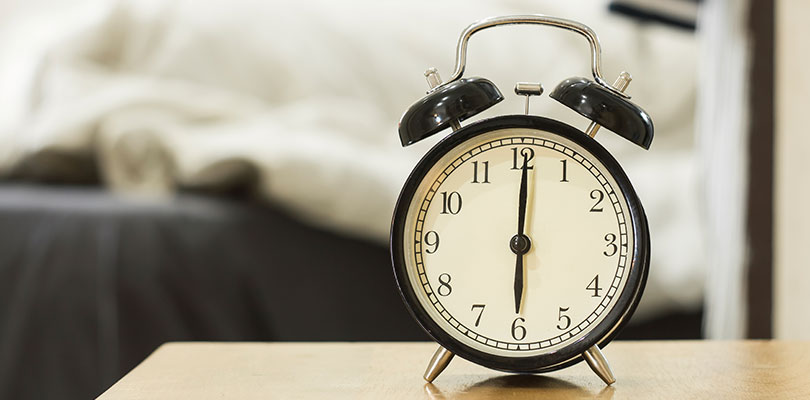Overactive Bladder Surgery
Overactive bladder is a condition that can quite easily consume your life. As common as it is, combating it with the treatments and medications available sometimes does little to stop it. Making it a priority in one’s life may be time-consuming, but worth pursuing.
Once diagnosed with OAB, your doctor will start you on a treatment journey. Treatments widely vary and take time to fully take effect before ruling out.
Wherever you stand in your journey, don’t lose hope. There are advanced ways of calming your overactive bladder, two being medical procedures and surgeries for OAB.
Botox Injections for Overactive Bladder
As with any illness or condition, there are specific milestones in your treatment journey your doctor is going to want to hit before moving on to more intense therapy. One of the first therapies that your doctor will refer you to a urologist for is Botox injections in your bladder wall.
It might sound rather strange, however, Botox is a muscle relaxant which means its sole purpose is to relax overstimulated muscles. This works in the face, in areas of chronic pain, and in areas of overactivity in the muscles.
Botox for Overactive Bladder: How It's Done
Your urologist will start by numbing your bladder with anesthetic. Most procedures are done in a day surgery clinic and require only local anesthetic. However, some patients require being put under general anesthetic to avoid any pain and discomfort.
Your urologist will insert a camera and a needle up your urethra into your bladder. Then a series of about 20 injections are administered into your bladder wall. Depending on the severity of OAB, your urologist will choose between 100cc and 200cc’s of Botox.
With any luck, you’ll see your OAB symptoms decrease anywhere from instantly, to four weeks after the treatment. This treatment is a safe alternative to surgery and can last anywhere from 6-9 months.
There is no limit to how many treatments you can have, although it’s recommended to not have more than 2 within a span of three months to allow for treatment to take effect.
Sacral Nerve Stimulation for Overactive Bladder
Another viable option for OAB is sacral neuromodulation. This requires minor surgery.
To qualify as a candidate for this surgery, you must have shown no improvement on medications, pelvic floor retraining, and Botox injections. This surgery is an option for people whose OAB is resistant to those therapies, however, it still requires a test procedure to see if the surgery is right for you.
The trial procedure is relatively easy to do. With you awake on the table, your urologist will insert a camera and a stimulant lead into a small incision in your skin, through your tailbone far enough to reach your sacral nerves. They will elicit responses from the stim which might reflect as your toes curling and contracting, and ask where you feel the stimulation. Once they find a spot to leave it, they tape it to your body and ask you to monitor your bladder habits for a few days to a week.
You have to care for both the physical and emotional impacts of OAB because when one is left untreated, it negatively affects the other.
If your symptoms aren’t 50 percent better or more, they cannot perform surgery on you as you do not fit the criteria. It does not improve much with the actual implant of the InterStim.
The Implant That Works Wonders
With patients who do have successful trial periods, surgery is booked. Your urological surgeon will make an incision in one buttock and implant a battery pack that will provide stimulation.
The stim lead is placed on your sacral nerves and attached to the InterStim battery. When you wake up from surgery, you will have some pain on your rear, but overall recovery takes about two weeks.
With the months and years after your surgery, you will require reprogramming with your InterStim. Adjustments made to the implant are to find the right setting and improve your compatibility with it.
The lead on your sacral nerve has four sections that stimulate. These are what can be adjusted with your doctor or a Medtronic representative.
With each setting adjustment, you have four to choose from on your handheld device, and you can increase and decrease sensitivity on it, sort of like a TV remote that changes the station and the volume.
The InterStim batteries last around 10 years before you will need a replacement, so this surgery shouldn’t require a revision any time soon. If your first surgery isn’t a success – a revision surgery may be necessary to make the stimulation work for you and your OAB.
Bladder Augmentation for Overactive Bladder
Bladder augmentation is quite usually the last resort when finding solutions for OAB. This is major surgery and it requires a complete size adjustment of your bladder and is irreversible.
For the bladder augmentation surgery, they start by cutting open the top of the bladder, opening it up like a clam, removing a large section of the intestine of the GI tract, open the GI tract, and place it on top of the bladder to increase its holding capacity.
It is usually successful in that it stops overactivity of the bladder, however, there is a very high chance, about 80 percent of patients who receive this surgery, have no feeling left in their bladder at all. They do not receive signals to the brain of having to urinate.
For those struggling with intense OAB, this is a benefit in that they will decide when they want to void by cathing. This surgery is not usually approved for younger patients as this is a last resort, as well as you would have to cath to urinate for the rest of your life. It benefits the patient by swapping an overactive bladder or painful bladder experience for no overactivity and the chance to decide when they need to pee.
Conclusion
There are many medical advancements of dealing with OAB that range from very small changes to extreme changes. This allows us to try many ways of managing our OAB and trying new and exciting things.
For those of us who have had no luck in many of the medications and procedures, there are overactive bladder surgery options out there, along with new research and ways of coping being invented every year.
There are pros and cons with overactive bladder surgery, but hopefully we can find one or two solutions that help calm our OAB and we have the knowledge to make an informed decision.







